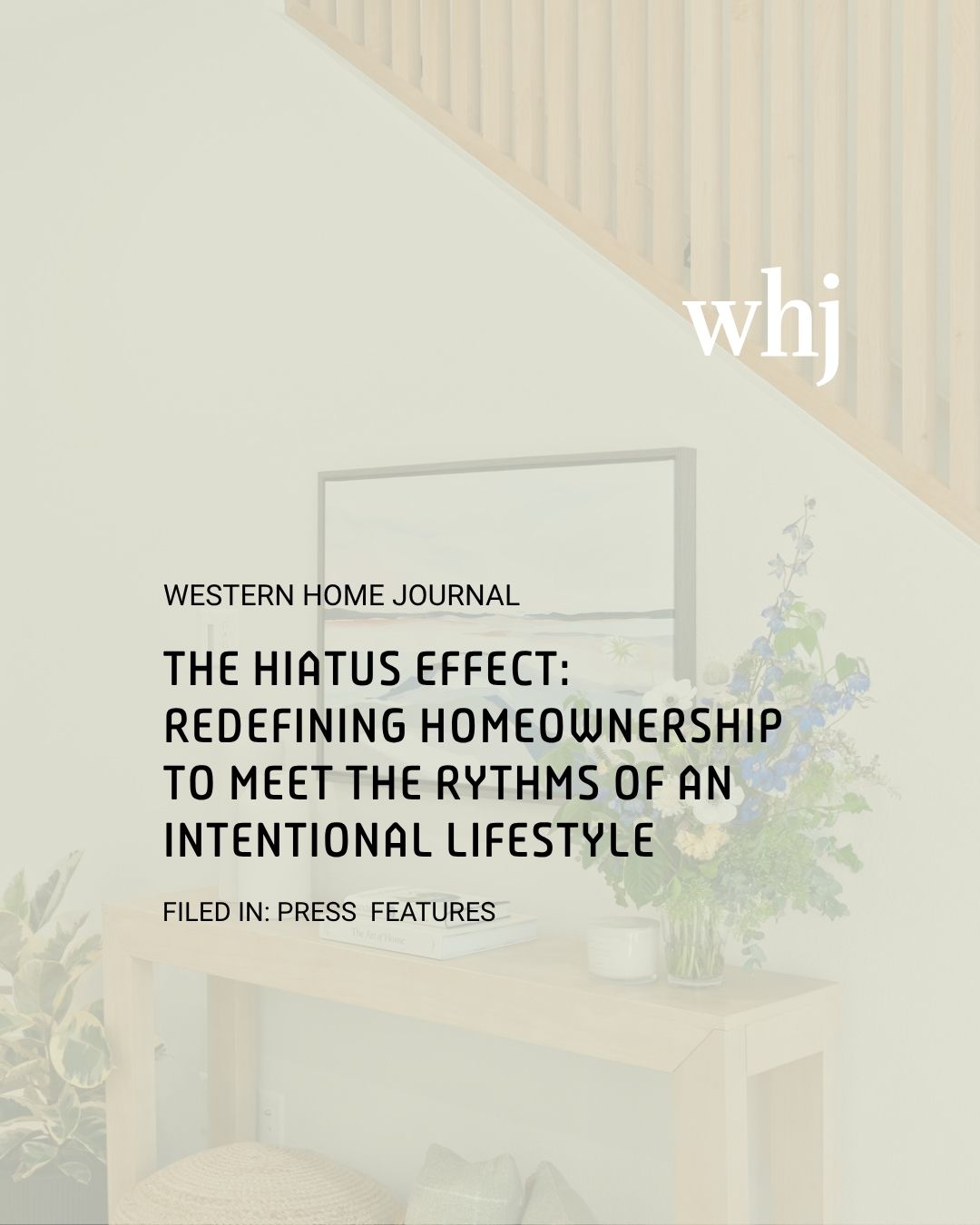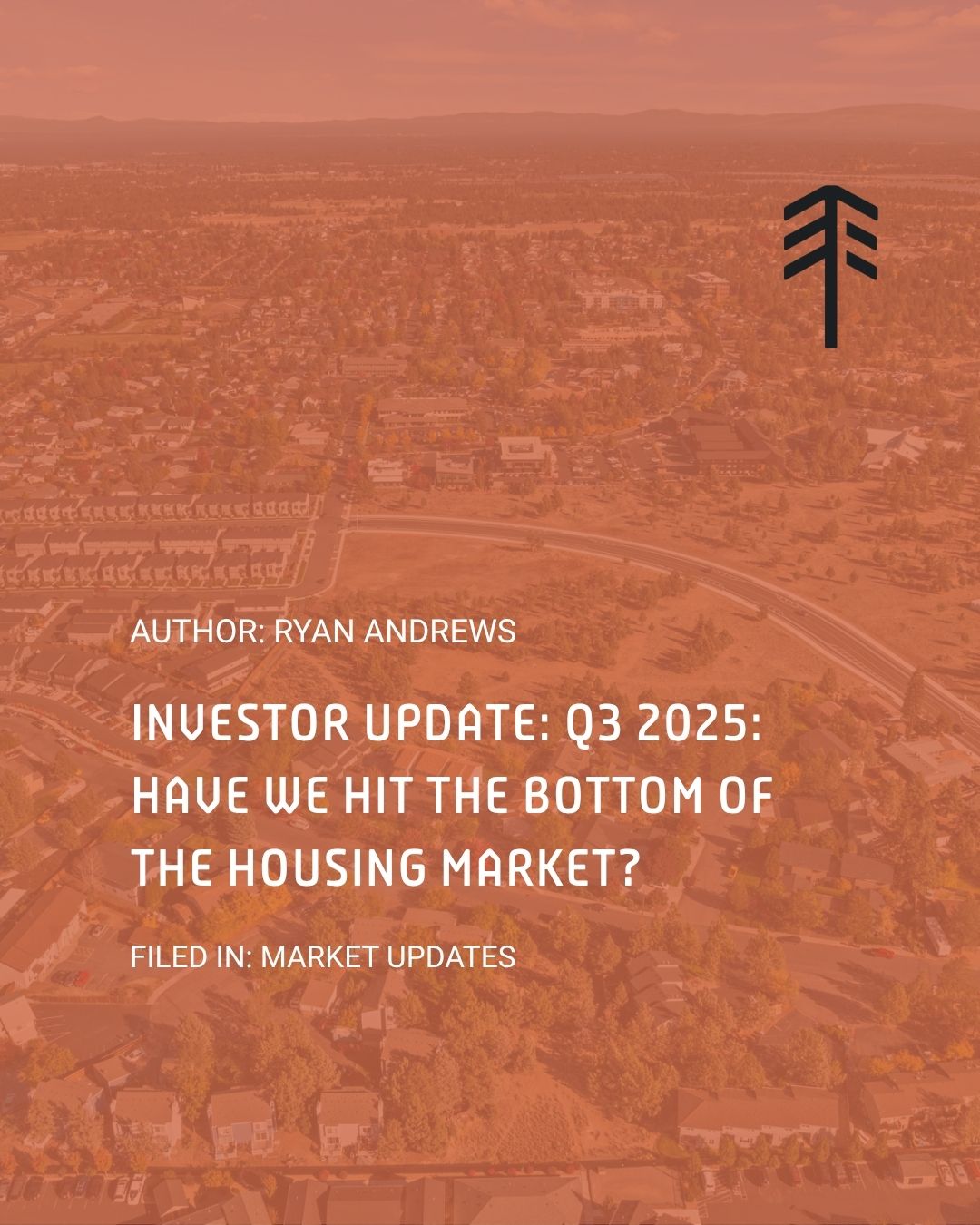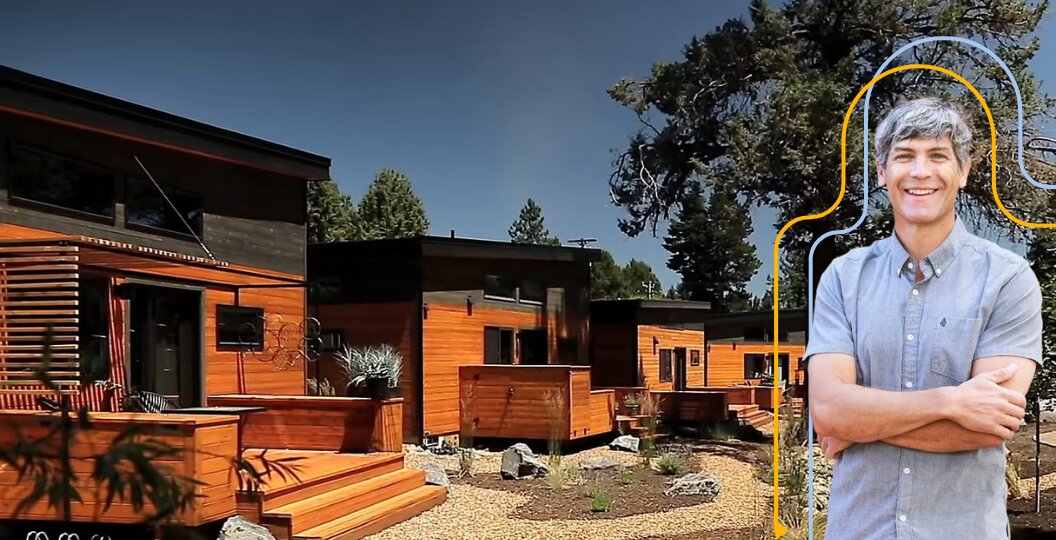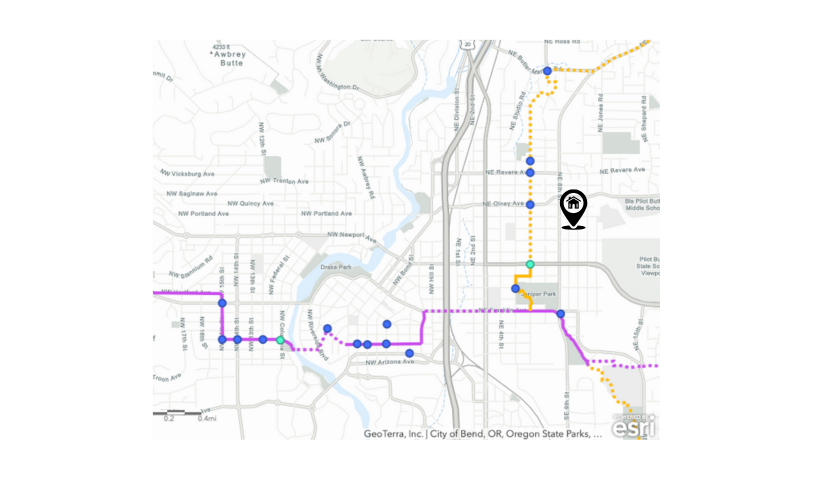(and one downside)
When interest rates on mortgages climbed from 3% to 7.8% between October 2021 and October 2023 it locked many owners into their current home. Many real estate investors looking for a rental property had to put that on hold as well; many would-be rental properties simply didn’t pencil out financially at higher interest rates. But there is an alternative – building an ADU on your existing property.
An ADU or “Accessory Dwelling Unit” is a modern take on what used to be called a mother-in-law unit, a granny flat, a carriage house, a pool house, or in the southwest, a casita. Its basically an apartment or a cottage that is a complete living space separate from the main home on a property. This was a very popular type of housing for decades as there was demand for multi-generational housing as grandparents aged-in-place with adult children and and grandchildren or as an additional income stream by renting the ADU to a tenant.
ADUs are making a huge comeback after being forgotten about for a generation. When more restrictive zoning and building codes spread across the country in the 1970s and 1980s giving rise to the subdivision and suburban sprawl, ADUs were often de facto outlawed. But with so many cities facing a housing crisis, urban planners and city councils are changing building codes to allow ADUs. One of the biggest policy drivers is that when a city allows ADUs they are able to increase the infill density of their existing housing stock without displacing existing residents. Cities also create a very accessible way for existing homeowners to create an income stream by adding a unit to their own property; also by providing a path to create a multi-generational living situation cities can help alleviate the pressure on both senior living facilities and childcare facilities. Often grandparents living on-property with adult children and grandchildren are able to receive some assisted living care from family while helping to watch grandchildren that would otherwise taxing a daycare system.
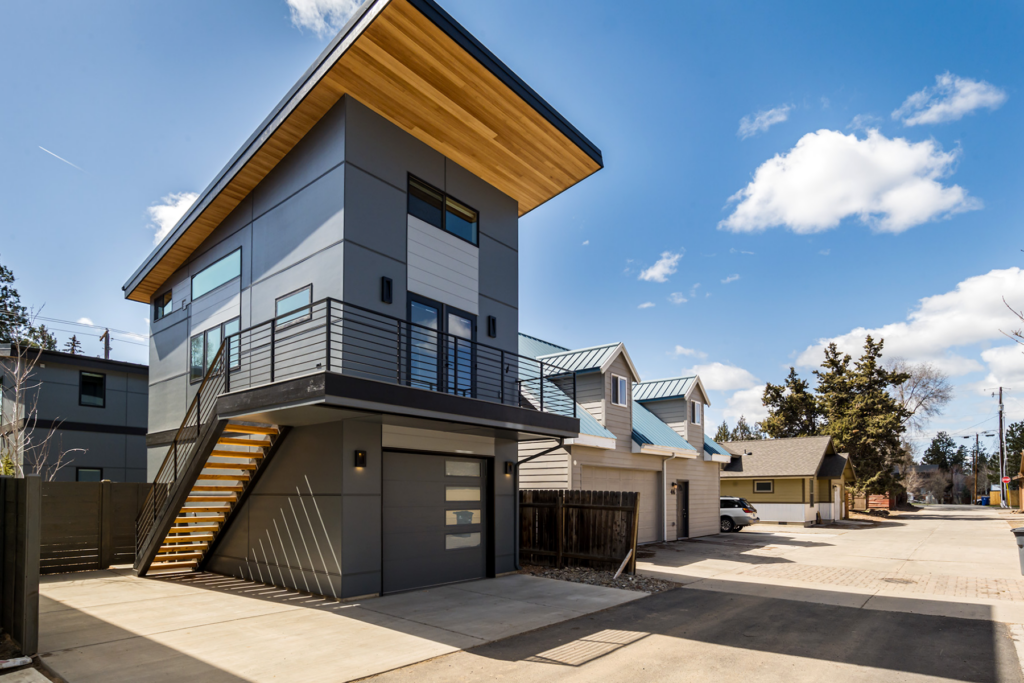
But lets think specifically about the pros and cons for a homeowner that is trying to decide between buying a rental property vs. building an ADU on their existing property.
- Building an ADU Pro: Cost The all-in construction cost in many cities to build an ADU can be less than half of the cost of buying a rental at the median home price. In our hometown of Bend, Oregon, we can build an ADU all-in, design fees, permitting, utility hookups, and construction for about $250,000. The median home price in Bend is $750,000. Bottom line: it can be much cheaper and more accessible to pay for an ADU than to buy a rental property.
- Building an ADU Pro: Value Creation We are seeing property owners achieve an increase in the value of their property of 1.5x to 2x the cost of building an ADU. For example, an ADU that costs $250,000 all-in to build in Bend, Oregon. At completion, the property is seeing an increase in value of at least $380,000. So a homeowner generates a huge lift of appreciation, in this example $130,000, in one year for adding an ADU to their property. When comparing this to buying a rental property, in order to generate appreciation anywhere close to $130,000 of value, a rental home would need to be found that was in need of a major renovation. Bottom line: the value creation of adding an ADU to a property is much greater than buying a rental property in most situations.
- Building an ADU Pro: Property Management and Maintenance Buying a rental property will require either paying a property manager (costing money) or being a property manager (costing time). Also, any rental home that is not new construction is going to have maintenance again costing a combination of money and time. Building an ADU on a homeowners own property has advantages in both areas. As new construction it is likely to require less maintenece. Also, most property owners are engained in maintenece of their own home already so engagin in marginally more maintenece for an on-site ADU is often minor. Also, tenants that live on-site with a property owner in an ADU take better care of the unit than tenants that are off site due to the simple psychological accountability of being present to the property owner. From a management stanpoint, managing an on-site tenant in an ADU is easier than managing a rental property across town or across the state. Bottom Line: Managing an maintaining an ADU as a rental is much easier than managing an maintaining an off-site rental.
- Building an ADU Pro: Return on Invested Capital The ROIC is typically higher for an ADU because an owner already owns the land, as a sunk cost it does not factor into the financial analysis of calculating the return on investment for an ADU construction project. For example, in Bend, Oregon the cottages and ADUs that we build are typically renting for $2,000 – $2,400 per month. That annualizes to $24,000 – $28,800 a year. Estimating 15% in annual operating costs, the unit is generating an Net Operating Income of $20,400 to $24,480. For a $250,000 all-in build cost this is a cap rate of nearly 10%. For comparison, many investors look for cap rates in 5-6% range for residential real estate so achieving a 10% cap rate is one of the best investments a homeowner can find.
BONUS – Building an ADU Con: Timing While the actual construction timeline of an 800SF cottage ADU can be as fast as 4 months; we often advise clients to plan on closer to a year for the whole process. We start with a 4-6 week feasibility period where we work with the client, the city, and a civil engineer to determine the best way to hookup utilities, comply with zoning and building code, and match the client’s desires for where they want their ADU to be on their property and what design they prefer (for example we have 800SF units with a garage and without a garage, 465SF units, 600SF units, and even a 2-bed/2-bath design). Once the design is submitted to the city for permitting, it can be anywhere from 4-8 weeks or more to obtain building permit approval. From there construction starts which can always be subject to delays. Bottom line: it can take a year from the time a property owner makes a decision to build an ADU to when it’s done and rented up. That means it takes a whole year before starting to generate income whereas a rental property can generate income within a few months.
The decision on whether to buy a new investment property or build an ADU with the intention of generating rental income comes down to the unique needs of the investor.


